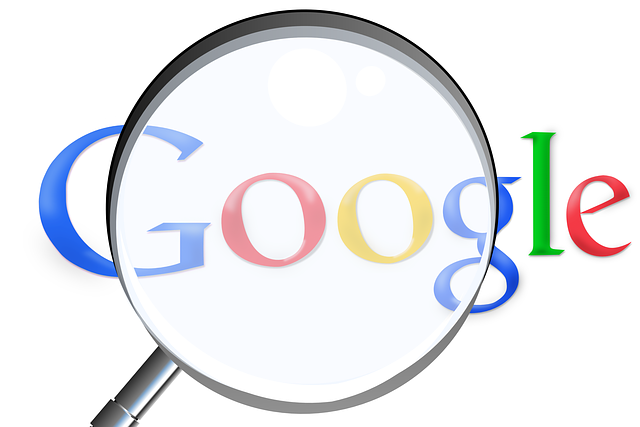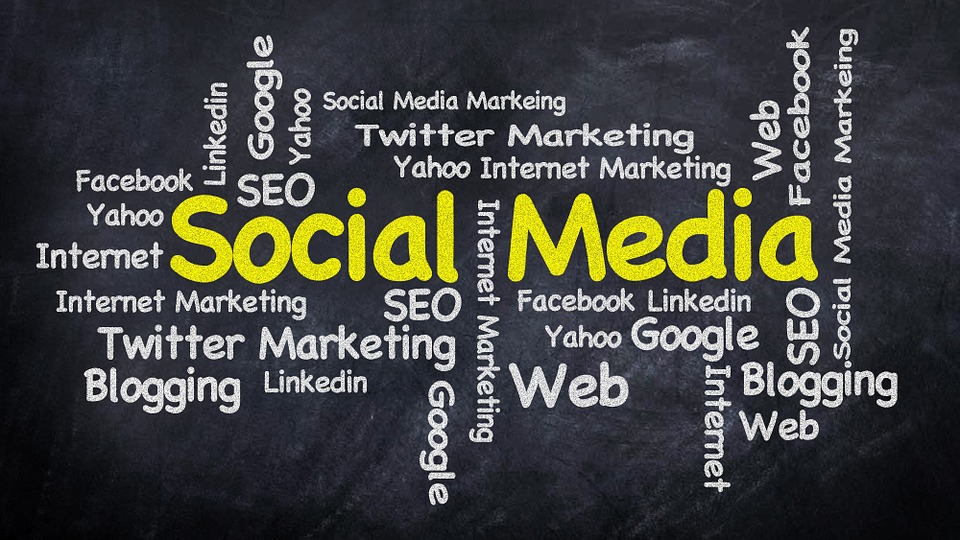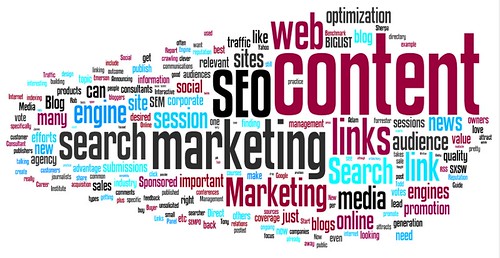The Evolution of Marketing; Marketing in Today’s world.

The basis of this blog is to describe how marketing has evolved over time, the Evolution of Marketing, Marketing in Today’s world, future of Marketing. Marketing has developed progressively through five distinctive phases since the evolution of marketing. The Simple Trade Era was a form of marketing that was introduced in the 19th century where everything was done by hand resulting in limited availability. This form of marketing was replaced by the Production Era which lasted from 1860-1920. It revolutionized production by leveraging the industrial revolution. The Sales Era quickly followed lasting from 1920 – 1940 as a result of increasing consumer demands.
At this point, businesses could no longer sell everything that was produced by them; pricing became a decision-making process as well as a means of reaching an approach. The Marketing Department Era (from 1940 – 1960), pioneered the world of marketing as we know it now.
It was during this time that businesses discovered that they could make selling more personal. Many created a new phase that includes advertising, public relations, sales, and promotion. Marketing took turns encompassing everything that had to do with consumer reach and satisfaction. The Marketing Company Era was first introduced in 1960 after the previous era was widely accepted. The concept of marketing was being introduced and handled in so multiple ways including targeted advertising, personal selling at the “correct price” and using effective channels of delivery.
Marketing in today’s World

Marketing has changed drastically with advent of the internet and social media. Truth be told, in this day and age, it is fundamental that showcasing offices get to be media and research divisions also. Ten years prior, individuals went to maybe a couple sites when searching for an item and settled on a choice in light of that data. Today, the data accessible about items is verging on interminable.
Customers are now able to locate company reviews, product information, stock information, client surveys, and innumerable vendors to buy from, all available literally at their fingertips. Previously, organizations had greater power to persuade and influence a customer’s buying decision by withholding some key information. Today, however, customers are able to locate this information before ever speaking with the company.
Evolution of Digital Marketing
It wasn’t until the mid-1980s when the most financially accessible desktop PCs was made available in homes. The Tsunami came with new advertising potential.
There came google amidst of other search engines
Early web indexes like Yahoo!, InfoSeek, AltaVista, Lycos, and WebCrawler made noteworthy steps in the advanced development of web search engines. However, if we’re being realistic, the brilliant years didn’t begin until Google dispatched in 1998.
With this introduction came the revolutionary AdWords in 2000 and the ability for businesses to manipulate website content in order to be more visible on search engine results.

In 2004, internet searchers began utilizing propelled positioning calculations and browsing online became a personal experience. Having the ability to target internet surfers and create methodologies taking into account search patterns prompted a radical better approach for offering and conveying messages to the audience.
Nowadays a “Googlebot” crawls and records trillions of pages on the web and makes the most significant ones immediately open by means of a customized search through any means including voice search. A company can reach its target audience no matter where they are or what language they speak.
What Consumers expect on Social Media
Today the use of social media is not restricted only to the millennials. The older generation has taken a liking to social media networks such as

Facebook and more companies are focusing on social media as a method of marketing their products. Since social media is a fast-paced environment, companies have learned to match this pace by strategically placing ads where it will potentially cause impulse buying.
According to a study done by HubSpot using 569 of their clients, they found that:
Buyers anticipate that brands will be dynamic on no less than three to four social channels.
- 95% of Millennials anticipate that brands will have a Facebook page.
- 87% of Gen X’ers (30-to 44-year-olds) and even 70% of those ages 45 to 60 think brands ought to, at any rate, have a Facebook page (http://www.sproutcontent.com/)
SEO
 In the event that you need your clients to see you, then you should be seen. Individuals don’t filter through the paper any longer to take a gander at advertisements or assess items; individuals look on the web. In this manner, your SEO is essential for client effort and securing. Concentrating on utilizing catchphrases as a part of the right places, utilizing the right outlets, and interfacing back to your landing page are great approaches, to begin with, SEO.
In the event that you need your clients to see you, then you should be seen. Individuals don’t filter through the paper any longer to take a gander at advertisements or assess items; individuals look on the web. In this manner, your SEO is essential for client effort and securing. Concentrating on utilizing catchphrases as a part of the right places, utilizing the right outlets, and interfacing back to your landing page are great approaches, to begin with, SEO.
Mobile Marketing
In the world of marketing today, reaching consumers in their comfort zone is important. Mobile marketing is the best and easiest ways to reach your customers without them moving an inch. Mobile phones are portable and hence easier to carry around. Since everything is portable nowadays, why can’t a business be as well? This is the reason why mobile marketing and advertising will always standout amongst the best showcasing systems. Mobile marketing along these lines empowers you to reach more potential purchasers at an extensively lower price than other advertising strategies, for example, TV or radio advertisements, boards, and so forth.
